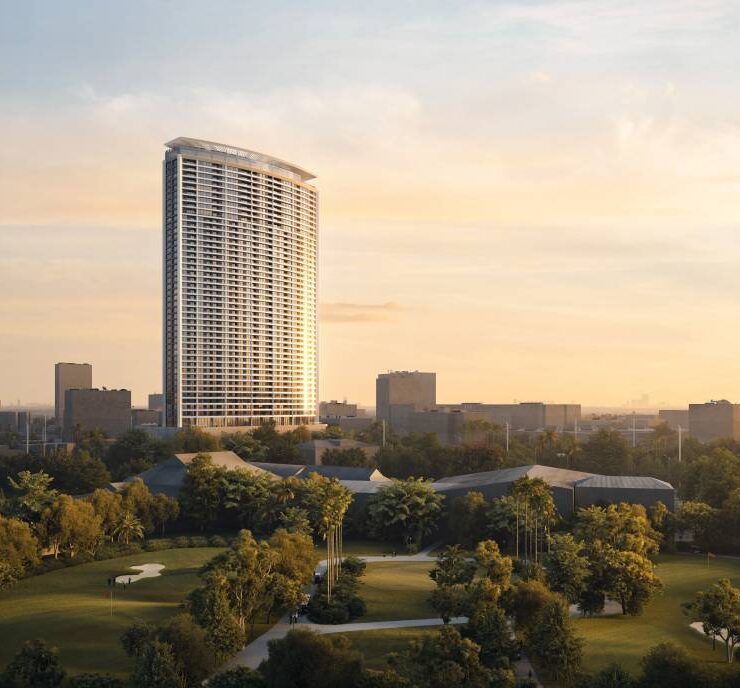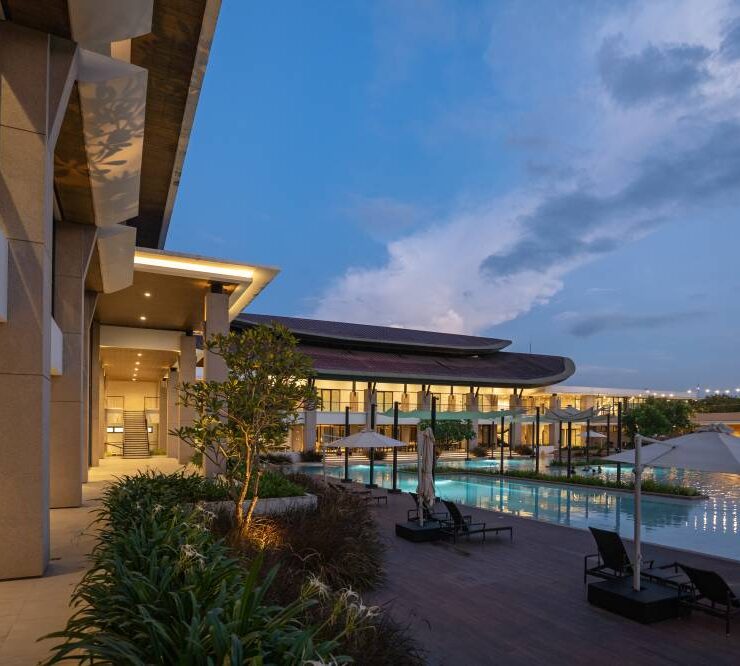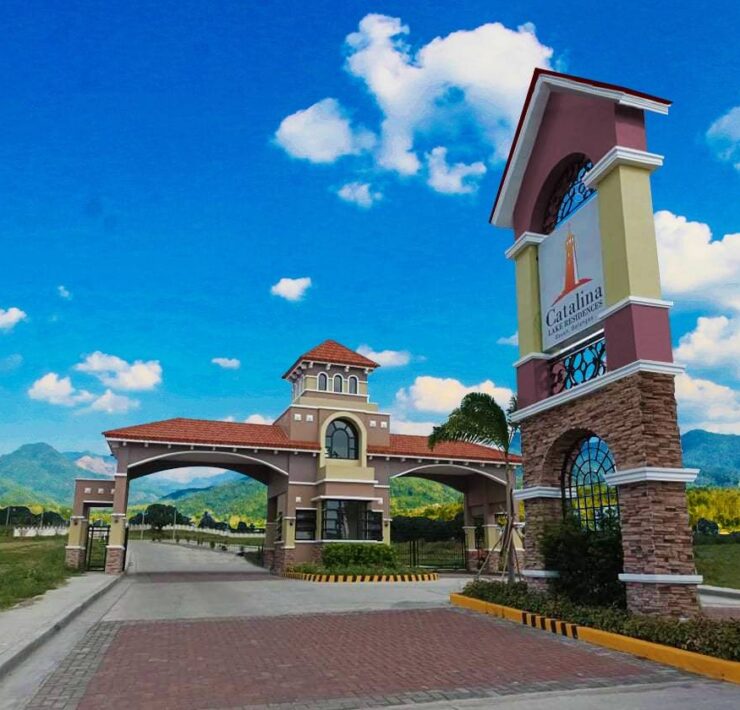Of new roads, bridges, and urban centers
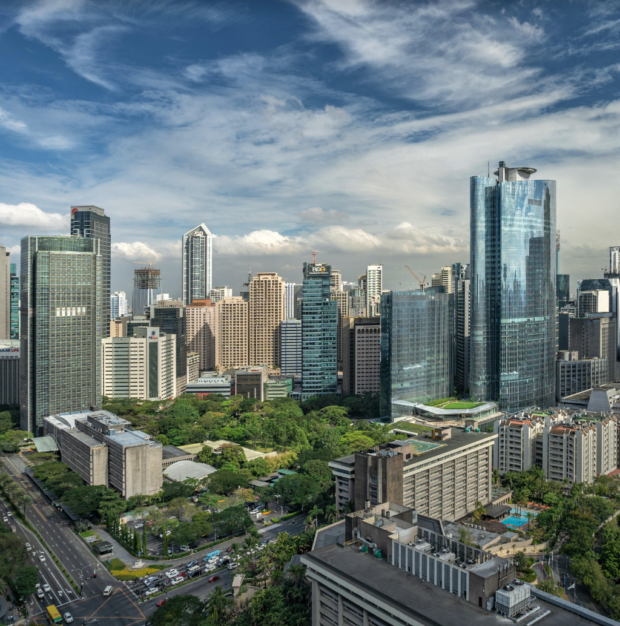
Infrastructure development is vital to enhancing the quality of life in communities and creating new real estate opportunities.
Over the last decade, the Philippines has been making substantial progress in rolling out and completing infrastructure projects across the country to support sustainable growth and to help improve the lives of its rapidly urbanizing and growing population.
This regional infrastructure planning has many benefits, transforming rural provinces into thriving destination centers.
Economic growth and job creation
Investing in infrastructure stimulates economic activity by creating jobs and fostering business growth. Large-scale projects, such as major roads, bridges, and airports, generate employment opportunities during and after construction.
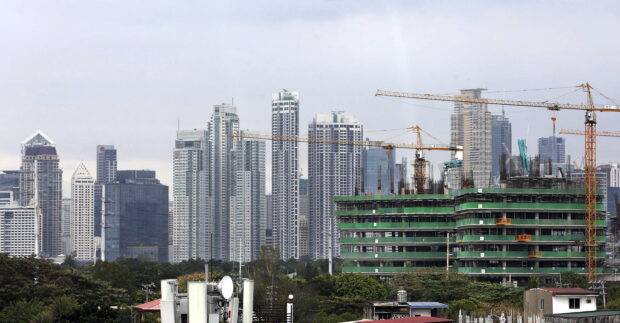
Another skyscraper is currently being built amongst a number of high rise buildings in Metro Manila as the Philippine economy grew faster than anticipated in 2022 as the fourth quarter GDP (gross domestic product) growth reached 7.2 percent, according to a preliminary data released by NEDA, exceeding the 6.5 to 7.5 percent target set by economic managers.
INQUIRER/ MARIANNE BERMUDEZ
Upon completion, these projects are able to reduce transportation costs and enhance logistics efficiency, attracting businesses and boosting local economies.
Enhanced property values
Infrastructure improvements positively impact real estate pricing. Areas with better transportation links, utilities, and amenities experience increased demand, leading to higher property values. Studies have shown that proximity to transit systems, like light rail or bus rapid transit, can significantly increase nearby property values.
Holistic planning approach
Successful community revitalization requires a holistic approach that considers all aspects of the local ecosystem. Planners should address housing, security, education, healthcare, and amenities. For example, redeveloping a neighborhood with new affordable housing without improving local schools and safety measures may not achieve the desired revitalization outcomes.
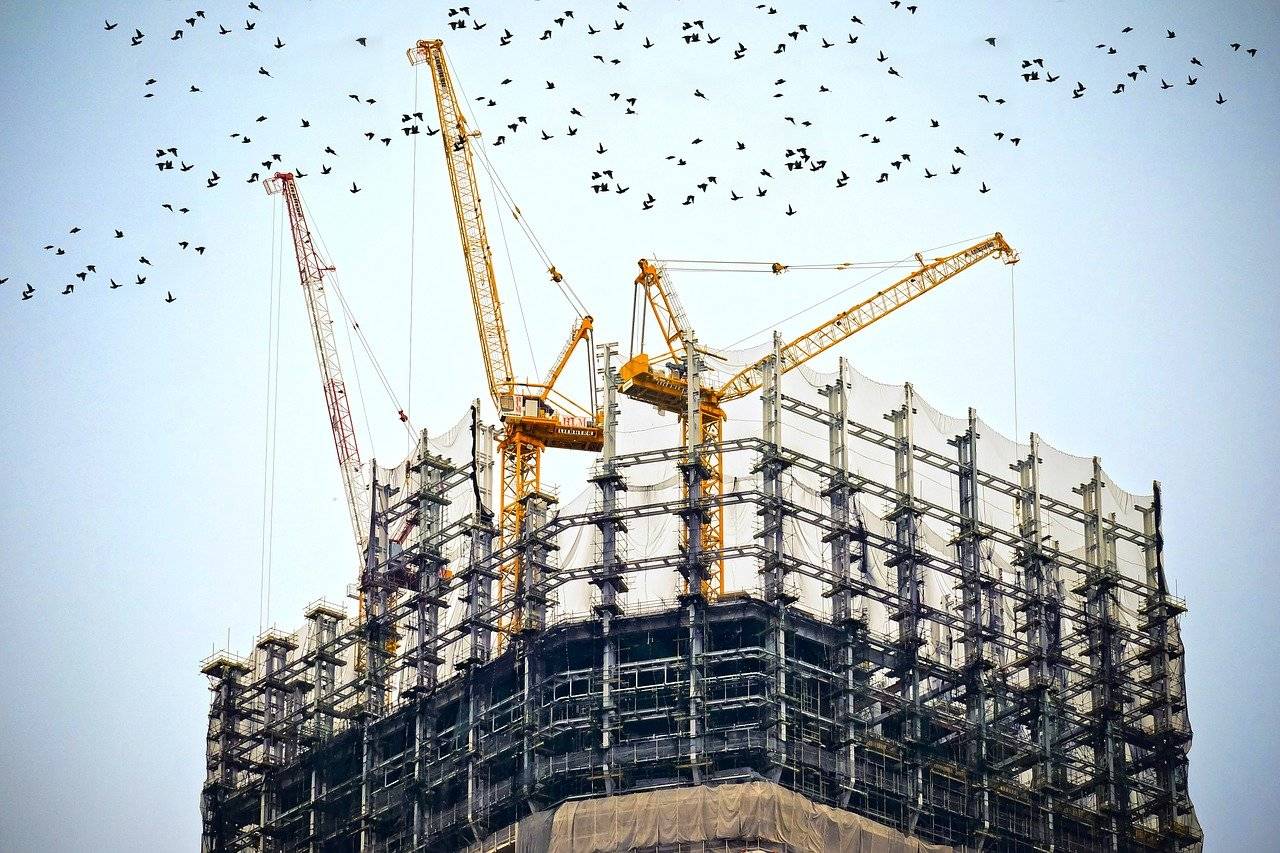
Engaging the community in planning ensures that development aligns with residents’ needs and priorities.
Mitigating displacement and gentrification
Gentrification often reduces crime rates, creating safer neighborhoods given the increased investment and economic activity. It fosters interaction among socioeconomic groups, enhancing community networks and overall well-being.
Improved infrastructure and amenities, such as better roads and public transportation, attract new residents and businesses, boost the local economy, and positively transform the neighborhood’s image and living conditions.

Smart infrastructure
Integrating new technologies into infrastructure projects enhances efficiency and sustainability. Smart meters, for example, improve electricity service quality and encourage energy efficiency among consumers.
Similarly, mobile internet expansion can bridge information gaps and support local businesses, contributing to economic growth. Embracing technology in planning and implementation can amplify the benefits of infrastructure projects.
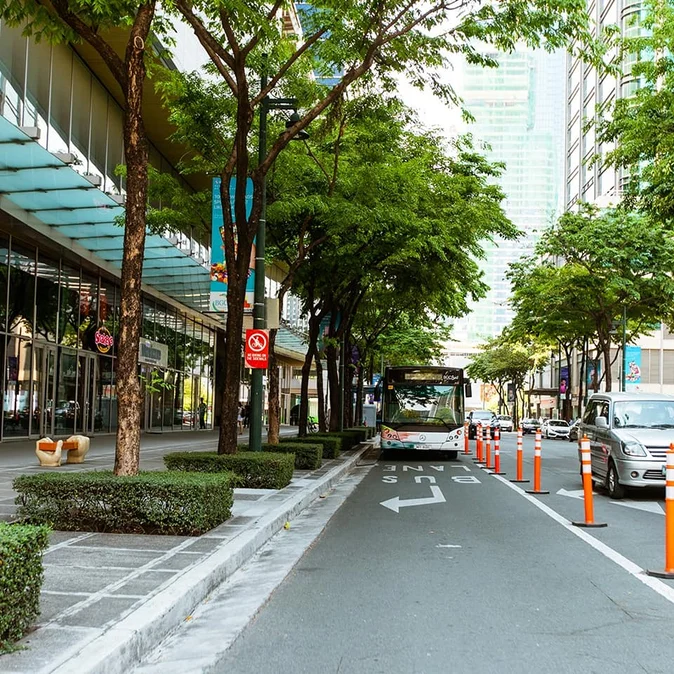
Coordinated policy reforms
Infrastructure investment must go hand-in-hand with policy reforms. Coordinated development across different sectors, such as transportation, housing, tourism, and utilities, ensures comprehensive benefits.
Policymakers should focus on creating an enabling environment for investment, addressing regulatory hurdles, and promoting public-private partnerships to maximize the impact of infrastructure projects.
Sustainable and inclusive development
Sustainability and inclusivity should remain at the forefront of infrastructure development. Projects must consider environmental impacts with the overall aim of reducing carbon footprint. The intent is to reach all community members, particularly marginalized groups. Adopting sustainable practices and promoting inclusivity help build resilient and thriving communities.
The author (at www.ianfulgar.com) is a leading architect with an impressive portfolio of local and international clients. His team elevates hotels and resorts, condominiums, residences, and commercial and mixed-use township development projects with innovative, cutting-edge design and business solutions that have garnered industry recognition, making him the go-to expert for clients seeking to transform their real estate ventures
The author (www.ianfulgar.com), is a leading architect with an impressive portfolio of local and international clients. His team elevates hotels and resorts, condominiums, residences, and commercial and mixed-use township development projects. His innovative, cutting-edge design and business solutions have garnered industry recognition, making him the go-to expert for clients seeking to transform their real estate ventures
















